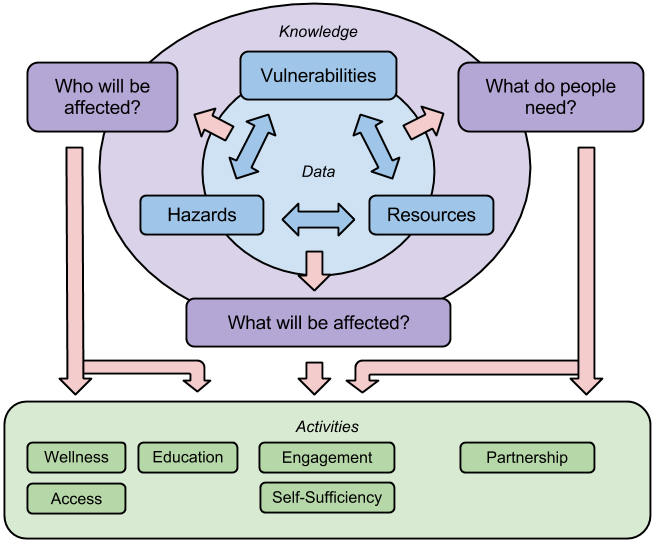The Sahana Software Foundation is excited to be working in collaboration with the Los Angeles County Department of Public Health and RAND Corporation to develop a Community Resilience Mapping Tool using the Sahana Eden Open Source Disaster Management Software. This is an initiative within the Los Angeles County Community Disaster Resilience (LACCDR) project whose aim is to engage community-based organizations in providing leadership and partnership to promote community resilience in the face of public health emergencies such as pandemics and disasters. The tool will help communities to collect their own data on vulnerability, hazards and resources within their communities. By looking at the relationships between this data and data from external sources such as the Census and US Geological Survey, communities will be able to understand who and what will be affected by disasters and what people need, to help them make decisions to enhance their own resilience.

Sahana Eden is being extended for this tool to intuitively collect and display data on vulnerable people, community incidents, risks, resources, organizations, trained people, locations and evacuation routes. There will be an emphasis on using maps and charts to visualize this data in ways which are meaningful to communities. We’re just finishing the design phase of the project now and our development team will be implementing the project over the next few months. Here’s some of the original wireframes:



To get in touch with the Sahana Software Foundation about the Community Resilience Mapping Tool contact Michael Howden (michael@sahanafoundation.org)


Leave a Reply